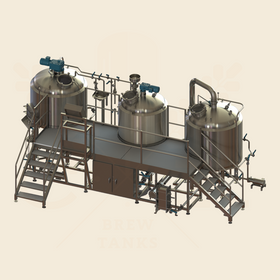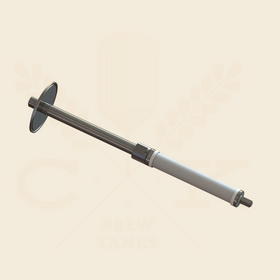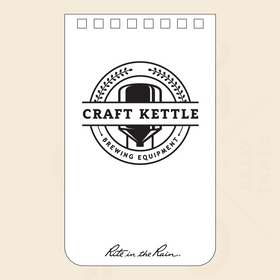
Hop Varieties and Their Flavor Profiles in Dry Hopping
The beauty of crafting a brew lies in the complex flavors that create its unique personality. One of the most influential factors in a beer's character is the choice of hops, especially when utilized through dry hopping. Let's delve into the various hop varieties, and the distinct flavors they lend to the beverage.
1. American Hop Varieties
Cascade
- Flavor Profile: Prominent grapefruit and citrus notes, with hints of floral characteristics.
- Common Use: Widely used in American Pale Ales and IPAs, Cascade adds a refreshing citrus twist.
Centennial
- Flavor Profile: Known as a balanced hop, providing a blend of citrus, floral, and some piney and earthy elements.
- Common Use: Often considered an all-purpose hop, it's suitable for various styles from Pale Ales to Stouts.
Citra
- Flavor Profile: Dominated by tropical fruit characteristics like mango, lime, and lychee.
- Common Use: Ideal for modern IPAs where a vibrant tropical punch is desired.
2. European Hop Varieties
Fuggle (UK)
- Flavor Profile: A classic English variety providing mild, woody, and earthy tones.
- Common Use: Traditional English-style beers, where subtle and refined flavor is required.
Saaz (Czech)
- Flavor Profile: Renowned for its mild and earthy aroma with herbal and spicy notes.
- Common Use: Common in Czech Pilsners, lending a balanced bitterness and unique spice.
Hallertau (Germany)
- Flavor Profile: Offers mild floral and citrus aromas with an earthy undertone.
- Common Use: Widely used in German lagers, contributing to a delicate bitterness.
3. Experimental and Hybrid Hop Varieties
Mosaic
- Flavor Profile: A complex blend of blueberry, tangerine, papaya, and other fruity notes, combined with some earthy and piney attributes.
- Common Use: Great for IPAs and Pale Ales where complex fruitiness is sought.
Sorachi Ace (Japan)
- Flavor Profile: Uniquely characterized by lemon, dill, and cilantro flavors.
- Common Use: A favorite for Saisons and other beers that benefit from its exotic, zesty profile.
Conclusion: The Art of Choosing Hops for Dry Hopping
Dry hopping provides brewers with a palette to paint their brew's personality, with each hop variety adding its unique hue. The choice is influenced by the beer style, desired aroma, flavor complexity, and even cultural tradition. It's an arena where creativity meets craftsmanship, allowing the brewer to compose a symphony of flavors.




